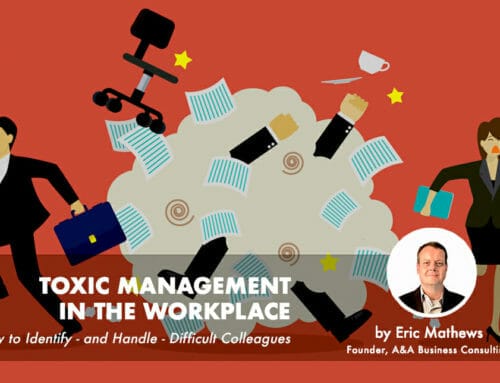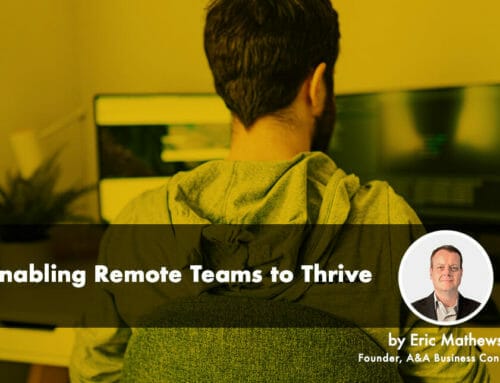Whether you’re in the office or not, meetings often suck up a lot of the workday, and that’s perhaps most true during video calls. You’re staring down a long list of tasks to execute and objectives to hit while your call meanders for hours. What’s more, long and winding meetings leave non-essential personnel to sit absentmindedly, getting paid to listen to irrelevant info while falling behind on work. There are two solutions to this problem, and both work well – it just depends on the needs of your team.
Keeping Your Meetings Efficient
Many managers are surprised to learn that their assumptions about virtual meeting etiquette aren’t shared by their staff. Organizations differ even on how an employee should dedicate their attention during a call. As is often the case, the key is to be abundantly clear about your expectations while keeping employee satisfaction and company culture in mind. I’ve participated in many of these conference calls, and have learned a few best practices that help accomplish this.
For example, if your company’s virtual meetings require everyone’s presence, go ahead and have everyone join the call. However, make it clear to your team that if the conversation rests on a topic that does not affect them, they are welcome to mute their audio, turn off their video, and work on relevant tasks until they’re needed again. This pushes productivity up while still keeping everyone available to chime in if needed, and most teams will probably find this to be the easiest no-fuss solution. You may also want to opt for those on your team who will lead the meeting to turn video on, while letting those on the periphery leave video off and simply chime in via audio – that way, their movement as they do other work while waiting for relevant info will not be distracting.
Alternatively, if your virtual meeting may not require an employee’s presence, but you’re not sure yet, you do not have to pull them into the entire call. Instead, try having them block out their schedule for the call and remain “on standby,” letting them know they’re free to do any other necessary work, so long as they’re available to answer the phone if you do end up needing their input.
Both of these solutions cut out unneeded empty listening in the middle of a workday, leaving your employees free to work more effectively from home. As with everything else, clear expectations will eliminate the vast majority of virtual meeting troubles. Don’t be afraid to take things “offline” or follow up one-on-one if a group meeting seems to be getting into the weeds – keeping things as succinct as possible will do everyone a favor in the long run.
Need Help? We’re Here.
If you need help adjusting your team to a new normal when it comes to remote work, we’re here to help. A&A has already been transitioning existing clients into effective “work from home” protocols, and we would be happy to extend our expertise to your company, too. We want to help your business thrive, even in these uncertain days. Give us a call today and see how A&A can change your company culture for the better.





